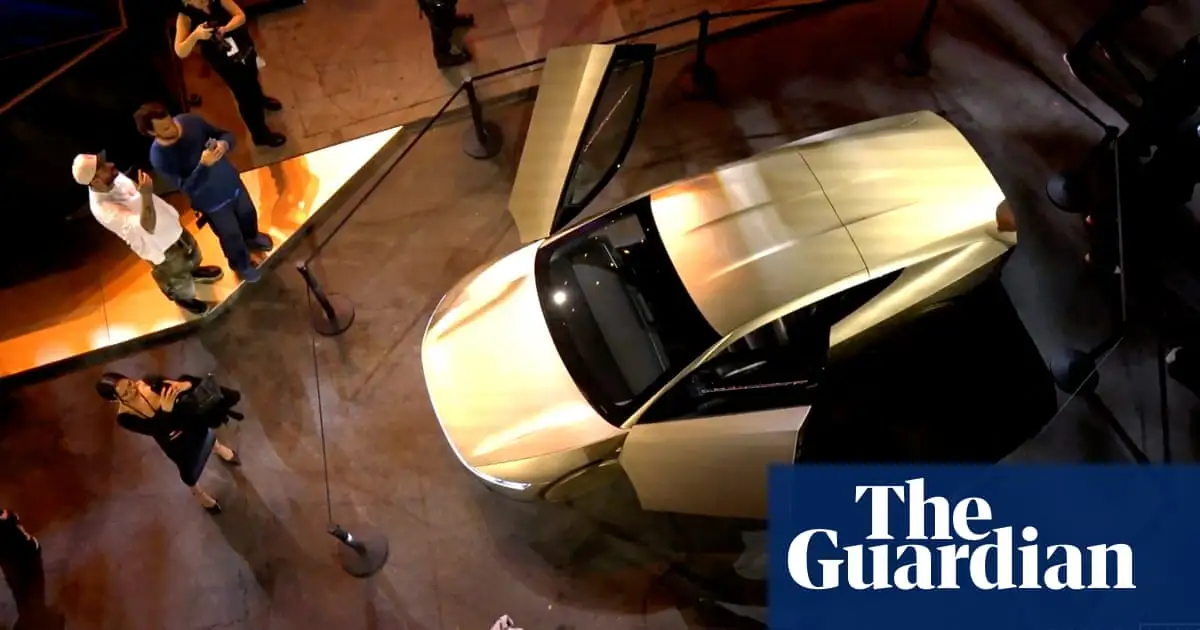- cross-posted to:
- [email protected]
- [email protected]
- cross-posted to:
- [email protected]
- [email protected]
Analysts criticise lack of detail about the ‘robotaxi’ showcased by CEO Elon Musk
Tesla shares fell nearly 9% on Friday, wiping about $60bn (£45bn) from the company’s value, after the long-awaited unveiling of its so-called robotaxi failed to excite investors.
Shares in the electric carmaker tumbled to $217 at market close following an event in Hollywood, where the chief executive, Elon Musk, revealed a much-hyped driverless vehicle. The stock price is down roughly 12% year-to-date.
…
However, analysts said the event was short on detail and also expressed disappointment over a lack of specifics about other Tesla projects. Musk has a history of making grand projections about upcoming products and failing to follow through in the timeframe he has set, or at all.



one of my old computer science professors said self driving cars “have been 5 years away for the past 20 years”. still rings true to this day
Self driving cars and net positive fusion, same same
Oh nobody’s predicting net positive fusion anytime soon. There’s huge materials hurdles in both magnetic confinement and inertial confinement while also regenerating tritium. Neutron radiation just does not play nice.
I agree with your professor. It’s one of these things that people have a hard time understanding. A lot of folks can easily imagine the end-state, but have no clue what has to be solved to arrive there. A lot of folks think that projects in electronics, software engineering, computing, etc. are just a linear march from beginning to end; failure is a human or resource problem. In reality, there are problems out there that get exponentially harder to pull off with linear inputs, which is much harder to imagine let alone a great way to scare off investors.
In this case, the framing of the problem is all wrong. We’re not trying to solve “a car that drives itself” (e.g. autopilot). Instead we are “simulating human sensory organs and cognition in order to pilot a vehicle without catastrophe or injury.” The latter is much harder to solve, but IMO, is a much more realistic portrayal of the job.